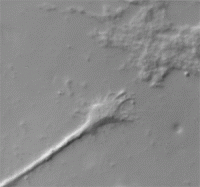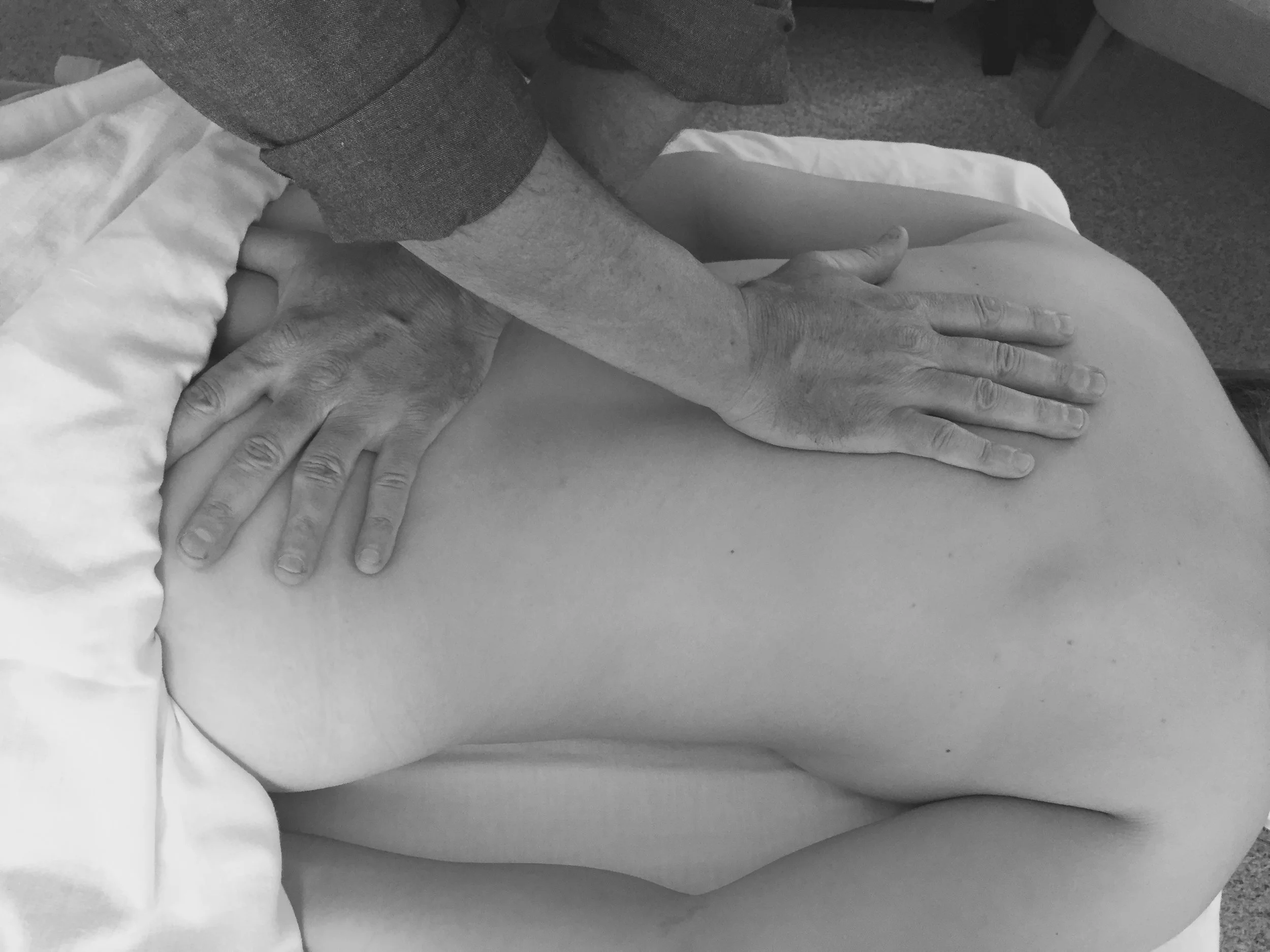Field NOtes Blog
Posts from Michael McMahon
Field Notes is the place where our clinical interests meet genuine curiosity about how bodies work, heal, and change.
Pace Makes Space: Small But Significant Changes to Our CST Curriculum
It’s been 5 years since we launched our new CST program and we figured it was time to take all that we’ve learned delivering it and make some changes.
We believe education isn’t just about transferring knowledge or skills, but a living laboratory for possibility. Because of that we are constantly learning from our time in the classroom. Just like we do in the clinic; we reflect on what we are doing and ask ourselves what have I learned from my time with this person and how can I use that to create better treatment with them? MMI does that with our curricula too. Nothing about learning is static.
Thoracolumbar Fascia, the Lati Dorsi and Low Back Pain
There is no one size fits all approach to assessing and treating lower back pain. Each person deserves to be treated with curiosity and as open of a mind as possible. Of course, there are key characters like the psoas and quadratus lumborum, there is tension distributed into the low back via shortened hamstrings, and treating the glutes (especially glute medius) is often gold.
EDS / HSD Clinical Perspectives
May is Ehlers-Danlos Syndrome (EDS) awareness month. I am three months into a training program through the Ehlers Danlos Society’s ECHOs program. I have learned so much and feel humbled at what I was unaware of regarding the symptom pictures associated with these syndromes. It's more than bendy joints.
Myofascial Mapping and Techniques
Myofascia means the fascial system that contains, organizes and connects our muscles with each other across joints; including, tendons, ligaments and their bony attachments.
The anatomy we learned in school, with its emphasis on origins and insertions leaves us with an incomplete picture of the soft tissue milieu. Our approach emphasizes the relationships between muscles via the fascia.
Perspectives on Fascia in the Media
The New York Times and Medicine Acknowledge Fascia is Important (!)
I always brace myself before reading an article in a mainstream pub about something that our collective fields have been working with and exploring for a very long time and to good effect (see NYT article on the vagus nerve that emphasizes potentials for drugs and inserted gadgets rather than attuned health care and relationships). Such was the case with the recent NYT brief on “New” understandings about fascia.
An Ode to the Diaphragm
The Diaphragm as a (silent) Mediator of Emotional Experience…The diaphragm is a myofascial structure with all of the properties of our myofascial system plus the added link to our autonomic nervous system via our breathing. Because of this connection with breath the diaphragm can act as a below-the-level-of-conscious-awareness mediator of our emotional experiences.
The Thoracolumbar Junction: The place you need to know, but maybe don’t…
One of the most important regions of the body when it comes to treating myofascial pain and some visceral issues is the thoracolumbar junction (TLJ). It is where the thoracic spine meets the lumbar spine - and a whole lot more.
On Applying Indirect Techniques in Myofascial Release Therapy
We have found more and more that our best myofascial work occurs when we are willing to dance with the tissue in an indirect and direct way – listening for both and not focusing only on the direct, stretching aspect of the work.
Following a Fascial Thread, Contemplating New Findings in the Existence-Tissue
Explore the marvelous world of fascia in Michael McMahon’s field note on Following a Fascia Thread. In pursuit of one of Moving Mountain Institute’s major themes - how does the body experience itself – Michael contemplates the phenomenon of existence-tissue along with other fascia threads in preparation for his 2019 Myofascial classes.
What is Myofascial Release?
Working with the myofascia gives us a distinct and practical orientation within the tissue realm. The myofascia orients us to the specific manifestation of connective tissue as it serves the movement and stabilizing properties of the musculature.
Why focus on this specifically? One reason is that it is readily accessible and, because it is so involved with how we move through the world, it is highly communicative.
Orienteering via the Thoracolumbar Junction
I was thrilled to see this short article on the Thoracolombar Aponeurosis (or thoracolumbar fascia, TLF, as it's termed in the article). If you have studied with me you know how important I think this structure is! The TLF is primary to treating any issue that involves the low back or the pelvis.












